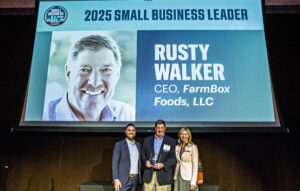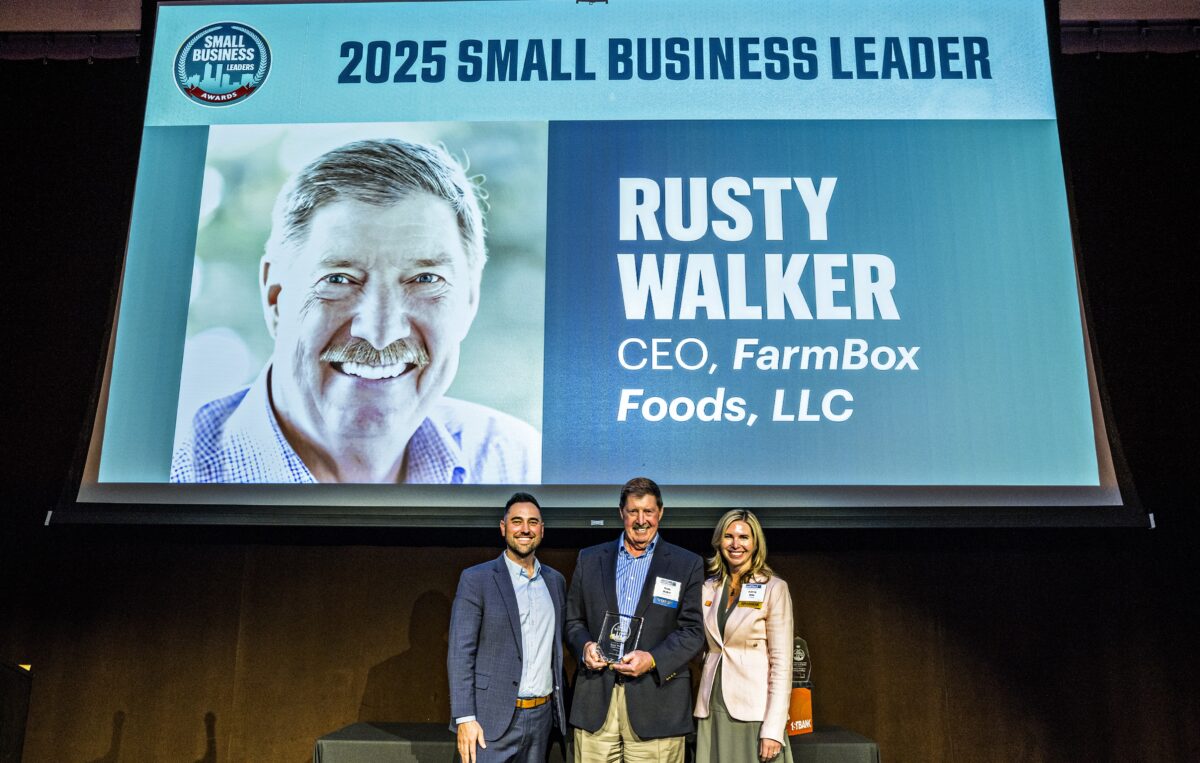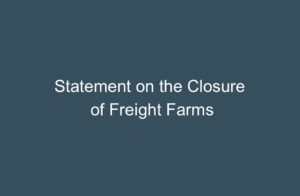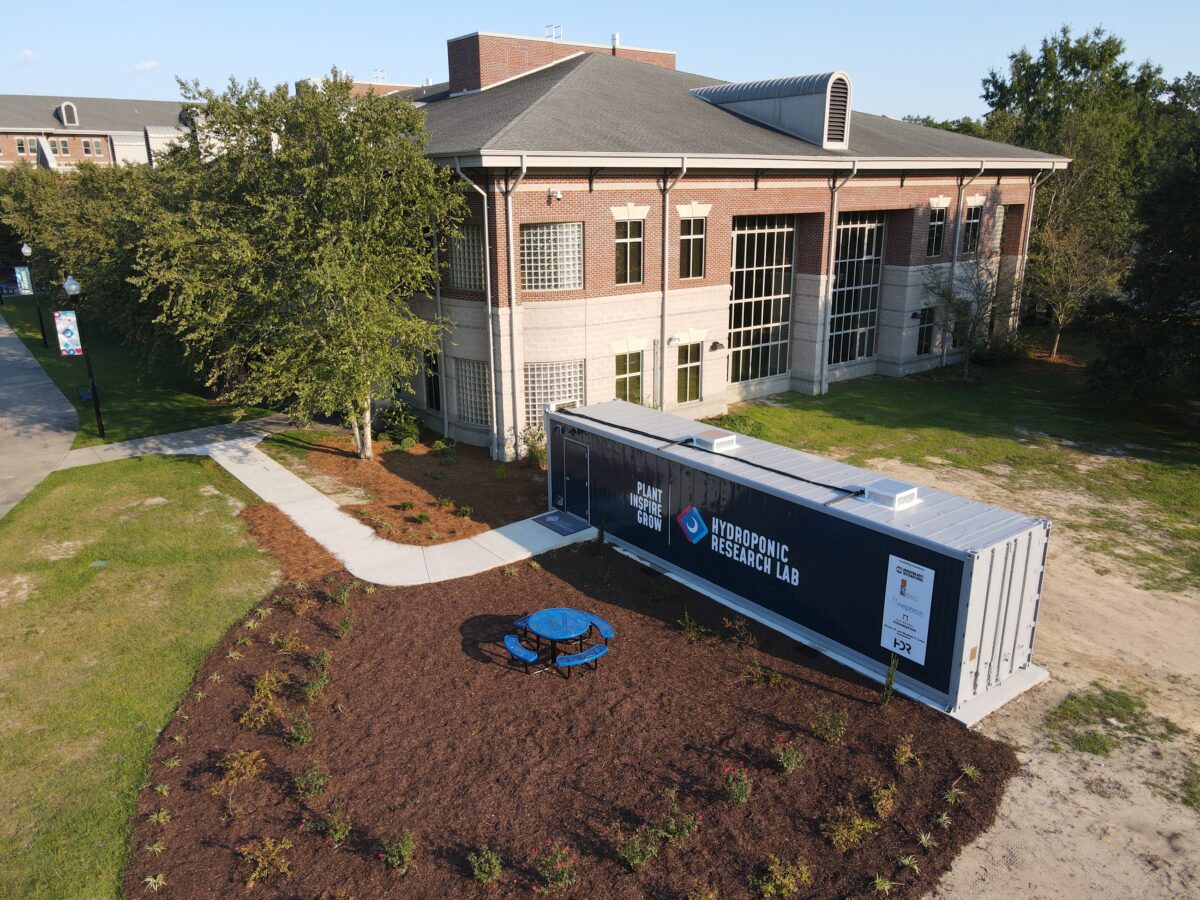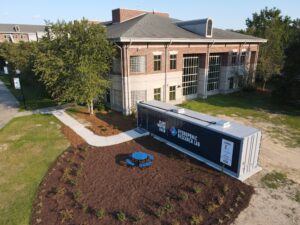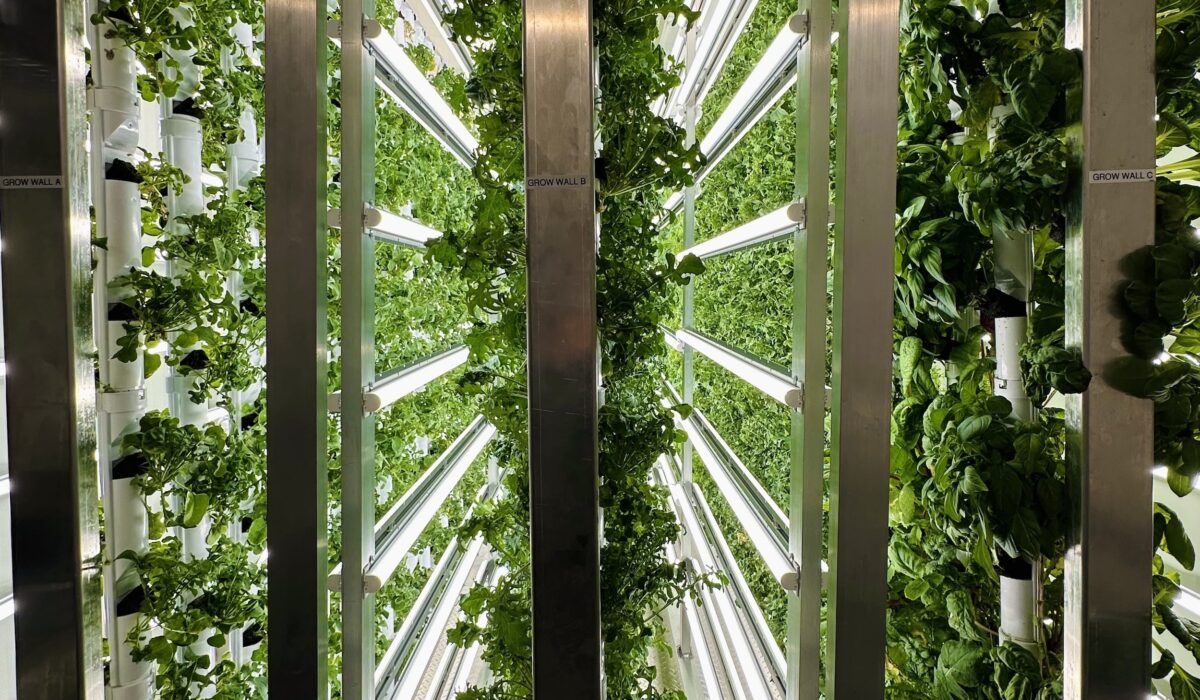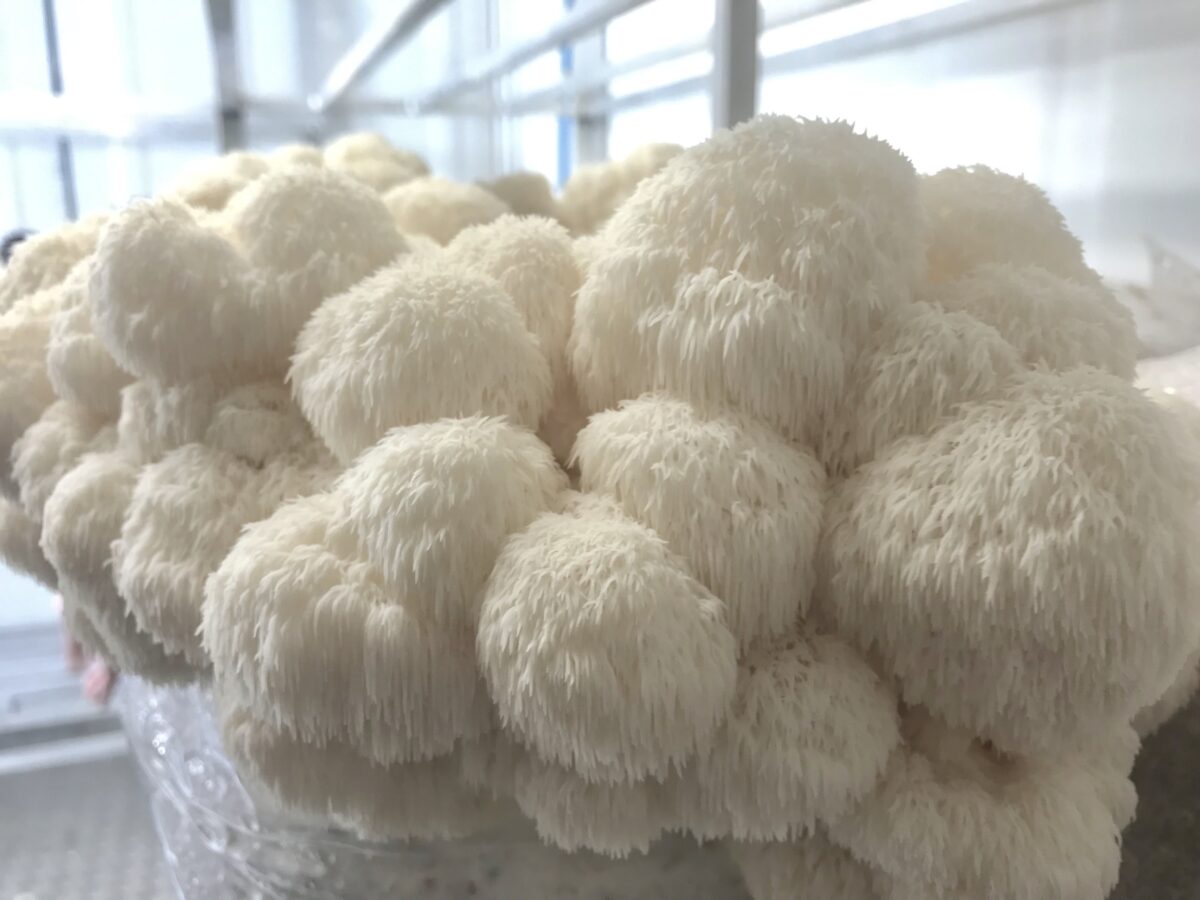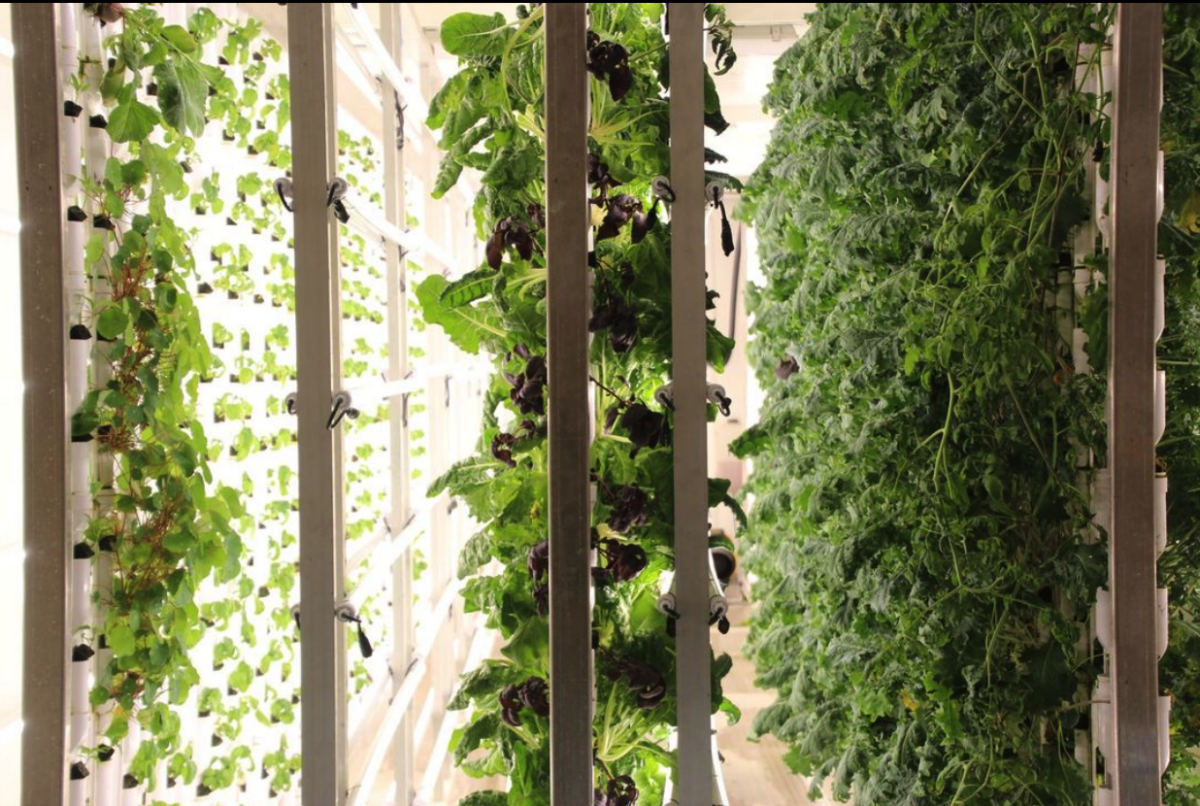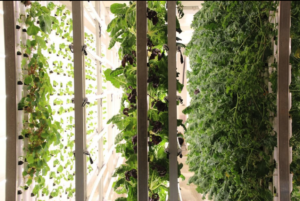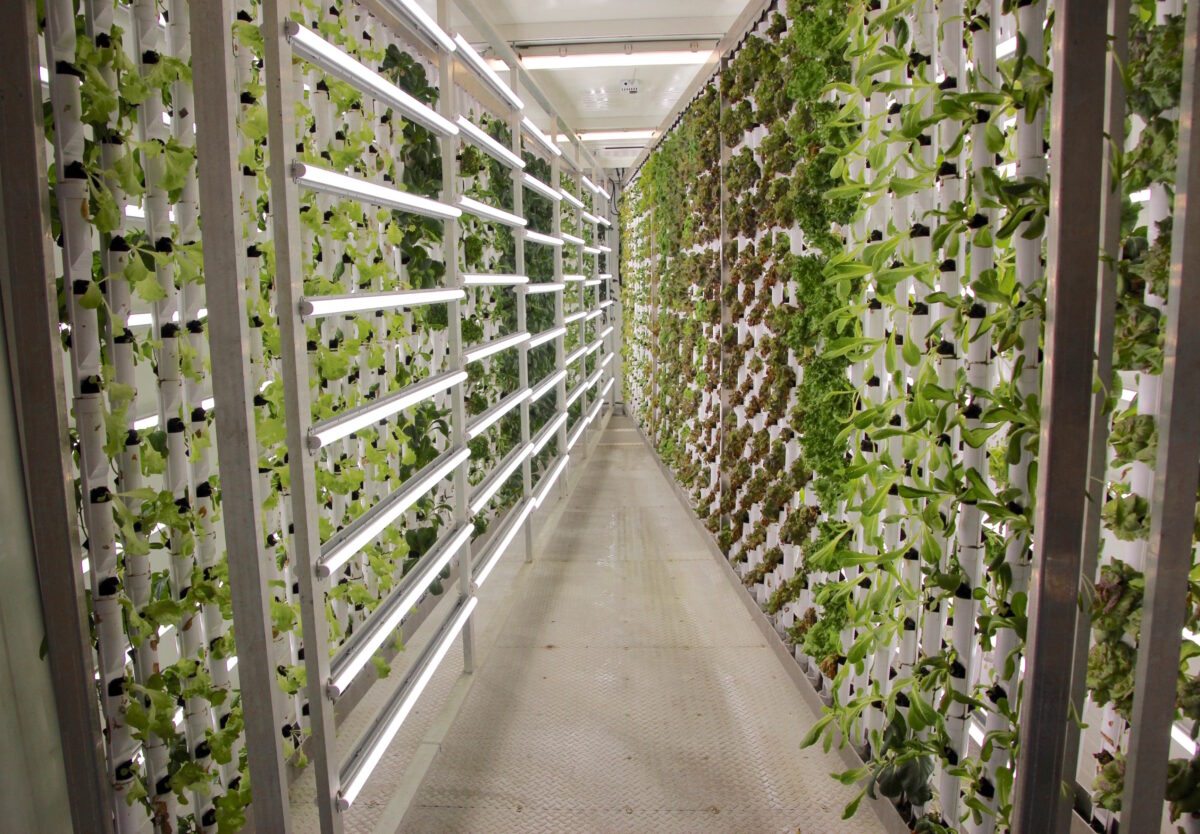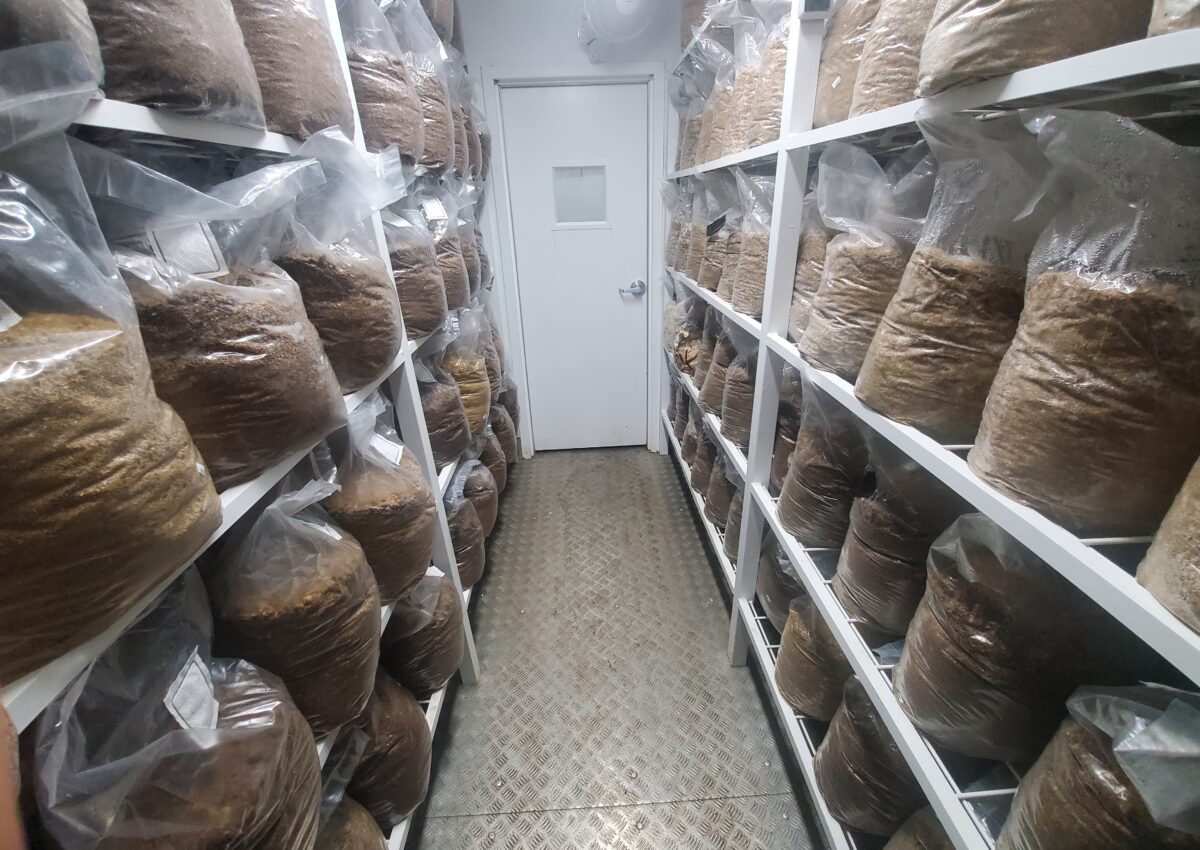Let’s start from the beginning.
Controlled-environment agriculture (commonly known as CEA) is a method of growing crops in an enclosed environment where climate parameters such as temperature, humidity, lighting and watering schedules, CO2 levels and nutrient delivery are precisely regulated. The goal is to create optimal growing conditions year-round, regardless of what’s happening outside.
HVAC systems regulate temperature and humidity, while LED or high-pressure sodium grow lights provide consistent light intensity and spectrum, mimicking natural sunlight. In hydroponics, plants are fed a nutrient-rich water solution and grow without soil (FarmBoxes typically utilize coco coir plugs as the substrate). In aeroponics, roots are suspended in the air and misted with nutrients, and aquaponics combines hydroponics with fish farming, using fish waste as plant fertilizer.
In concert with software, sensors placed in key areas within the farm monitor and adjust temperature, humidity, pH and nutrient levels in real time. Closed-loop irrigation systems reduce water usage, and energy requirements are nominal when compared with traditional outdoor growing. Of course, there will always be a need for conventional farming methods. After all, no one will be growing 8-foot-tall corn stalks (for example) en masse in an indoor environment for a variety of reasons. 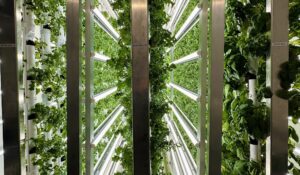
CEA promises year-round crop production, a critical tool for those living in locales that don’t support food production due to climate conditions, poor soil, limited growing seasons or other factors. This is done without pesticides, and operators of CEA units often see high yields and faster growth cycles while using less land area. Hyper-localized food production results in decreased transportation emissions, helps the harvested goods retain their shelf life and full nutrient density, reduces supply chain vulnerabilities, and protects against common diseases that can wipe out an entire season’s worth of crops in short order.
Emerging trends in CEA include increasing use artificial intelligence to optimize yields, detect plant diseases and predict ideal harvest times. Meanwhile, more CEA farms are integrating renewable energy sources to lower costs and carbon footprints.
It’s worth noting that controlled-environment ag goes beyond just plants. Amateur mycologists have spawned businesses that focus on commercial-scale production of fungi, including the sought-after varieties such as lion’s mane, oysters, chestnuts, enoki and king trumpets.
These farms that allow for sustainable food production are being used in a multitude of industries, including education, grocery, food service, nonprofit, residential, workforce development and hospitality, and are bolstering food system resiliency for islands and people living in remote areas.
Indoor farms are not the entire solution for feeding our growing global population, but they’ll be a critical cog in the machine as we navigate an unpredictable food-production future.
— — — — — —
Greenhouse alternatives, functional mushroom growing, mushroom tincture, vegetable farming unit, mushroom growing system, mushroom grow box, organic food production, stranded oil and gas asset usage, uses for flare gas, Conex growing container, zoo food production, grow your own feed, barley for grassfed beef, Wagyu cattle feed, how to spend esser funds, grow your own feed, cattle feed production, barley grass chicken feed, growing livestock fodder, barley grass production, off-grid farming, tree propagation, how to grow tree seedlings, DIY mushrooms, starting a farm, how to start hydroponic growing, how to start growing mushrooms, container startup business, solutions to food deserts, island agriculture practices, sustainable food production on islands, small-scale farming in island communities, resilient food systems for islands, island permaculture initiatives, hydroponics in island farming, local food sourcing on islands, sustainable urban agriculture, vertical farming techniques, small space farming ideas, urban homesteading practices, indoor farming innovations, container gardening in a city, hydroponic systems for urban farms, sustainable agriculture, water-efficient farming, eco-friendly farm, sustainable food production, organic farming for sustainability, shipping container farm, mushroom farm, mushroom farming, mushroom cultivation, , growing mushrooms for profit, and climate-smart agricultural practices
